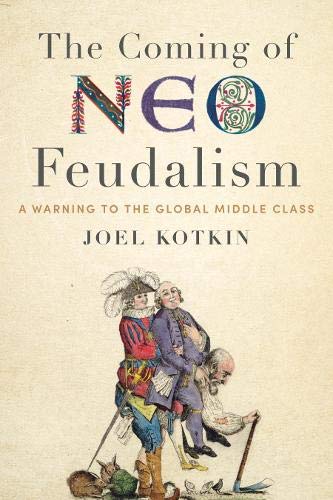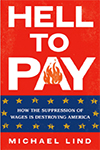In our system of government, the public sector is, well, supposed to serve the public. But increasingly the bureaucracies at the state and local level increasingly seek to tell the public how to live, even if the result is to make life worse.
This became glaringly obvious recently, when the CEO of the Los Angeles County Metropolitan Transportation Authority, Phil Washington, reeling from data showing a steady drop of transit riders, decided that the only solution was to make driving worse. read more »




















